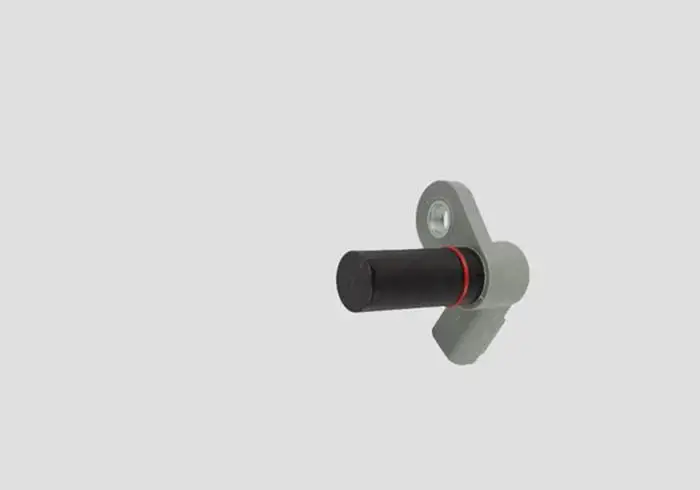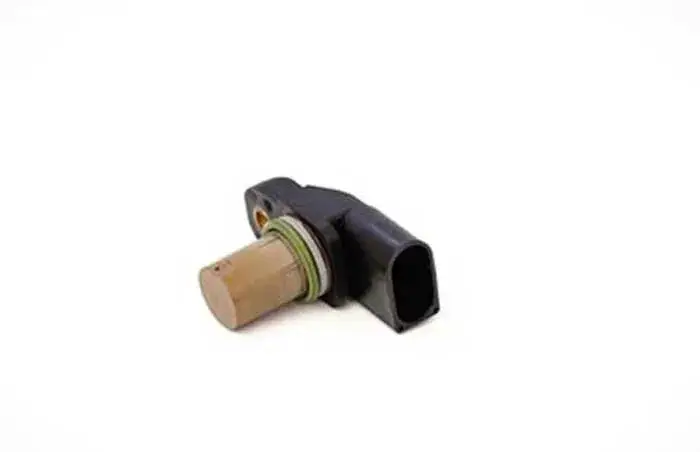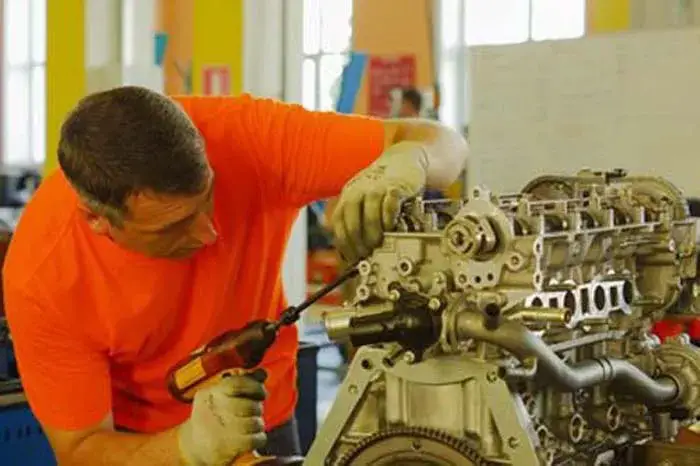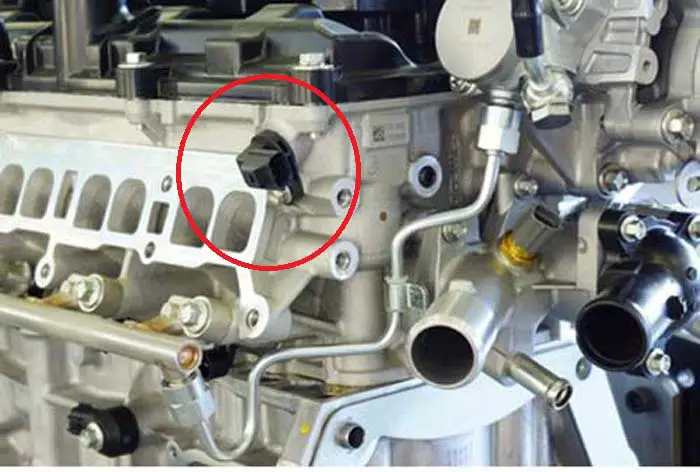
The camshaft position sensor is a sensor that is used to determine the position of the camshaft in an engine. This information is used by the engine control unit (ECU) to control the ignition timing and fuel injection timing. The camshaft position sensor is usually located near the top of the engine.
Replacing a camshaft sensor can be a difficult and expensive task, so it is important to know what to do after replacing one. If you’ve replaced your camshaft sensor, there are a few things you should do to make sure everything is running smoothly. This article will provide some tips on how to care for your engine after replacing a camshaft sensor. In this powerful article, you will know tips and tricks on what to do after replacing the camshaft sensor.
What To Do After Replacing Camshaft Sensor
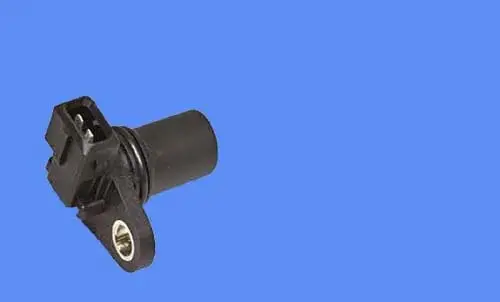
The camshaft position sensor is an electronic sensor, which measures the position of the camshaft and sends electrical signals to the car computer to determine the position of the engine cylinder’s piston to be operated.
The thing to keep in mind whenever you face any problems regarding the camshaft position sensor of the vehicle is that once the camshaft position sensor has gone bad, there is no turning back, a previously faulty camshaft position sensor cannot be repaired whatsoever.
If you have replaced the newer camshaft position sensor perfectly in place of the old faulty one, then the camshaft position sensor which has been installed in place of the old one should be able to rectify the problems posed by the previously installed camshaft position sensor in the normal running of the car and restore the proper engine operation.
The tip to remember after you are done changing your old faulty camshaft position sensor with a new one is that you must reprogram the sensor if it demands and the second thing is to remove the error codes that are stored in the controller of the engine of the car by using an OBD-2 diagnostic scanner.
In most cases, you don’t need to reprogram the sensor, the ECM relearns the pulse timing. But in some cases, the ECM demands reprogramming, which is done by the OBD-2 diagnostic scanner.
In some cars, when a new camshaft sensor is installed, the error code goes away by itself, and you think the code has been cleared. But, there is a high chance, the code might appear again. So, the best thing to do after replacing the camshaft sensor is to clear the code manually by OBD-2 diagnostic scanner. This ensures the proper installation of the sensor.
If the new camshaft sensor has been installed and the code appears again after clearing it manually through the OBD-2 Scanner tool, then the next thing you should inspect is the electrical connector, push it correctly to hear a click.
Because there is a high chance the connector has not been set properly. If the car still gives an error code after checking the connector then you can install another new camshaft sensor, sometimes the new sensors are too faulty.
Related • Replaced Camshaft Position Sensor But Still Get Code: 5 Reasons
Sign Up

